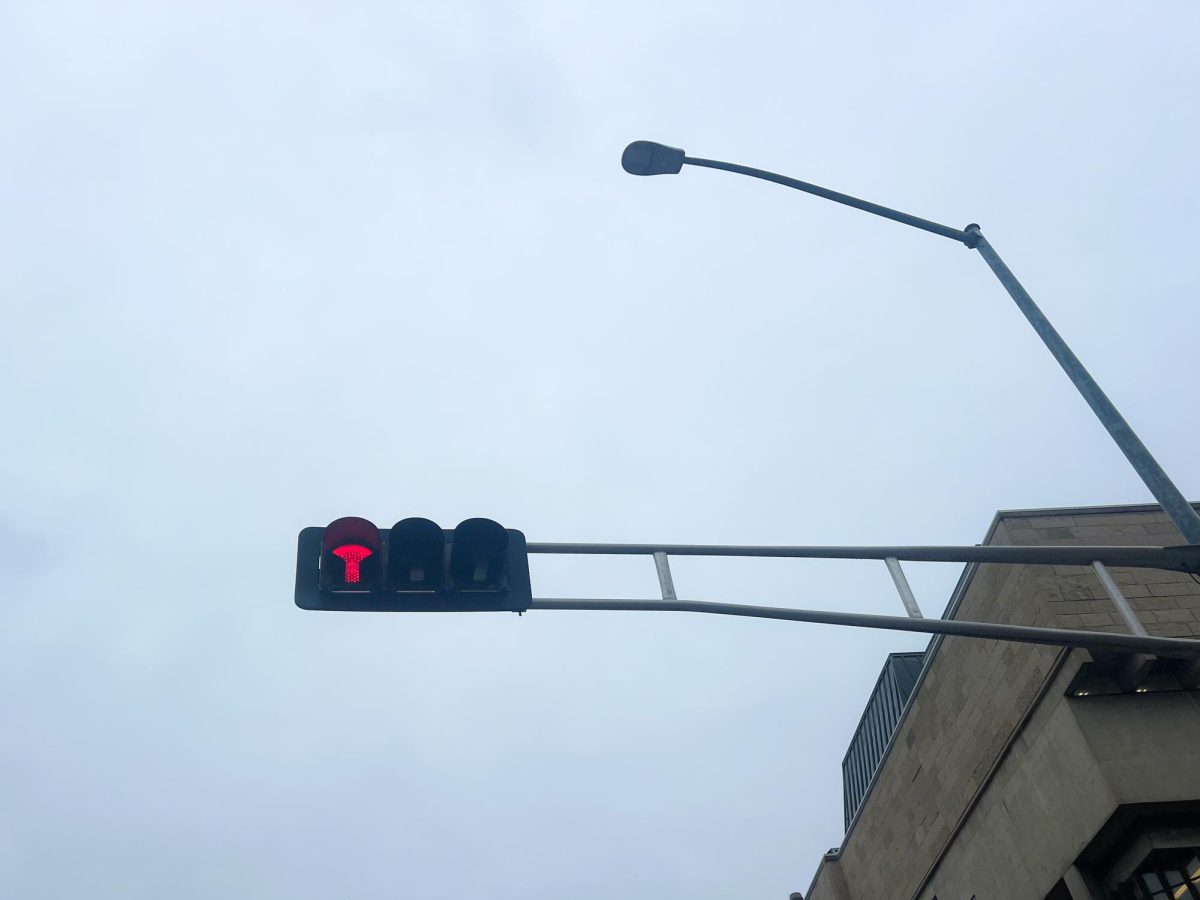The University of Wisconsin’s Institute for Research on Poverty hosted a public online discussion Feb. 21 highlighting the growing burden of student debt on Black communities.
The webinar featured sociology professors Louise Seamster, from the University of Iowa, and Jordan Conwell, from the University of Texas, who shared their research on racial disparities in education debt and the difficulties faced by Black borrowers in the housing and job markets.
“The American Dream of college education and home ownership has largely been debt-financed,” Seamster said. “However, the benefits of access are distributed unequally.”
Debt has been a major driver of contemporary inequality, leveraging greater wealth for those that already possess it while draining resources from those without, Seamster said.
UW students celebrate heritage with new Mexican folklore dance club
Black students have historically seen lower returns on their investment in education than their white peers, according to her research.
“The median white borrower who started school in 1996 had paid off 94% of their debt 20 years later and the median Black borrower 20 years after they started school, still owed 95 of what they borrowed,” Seamster said.
The amount of student debt held by Black borrowers increased fourfold between 2001 and 2013, while white student debt doubled during the same period, Seamster said.
Conwell’s presentation focused on the gender disparity in regards to Black student debt, which he said had more to do with a variation in levels of educational attainment between Black men and women than a difference in the respective genders’ overall financial position.
“The crisis of rising debt for Black students is preventing us from improving our education system in a way that I think a lot of us agree would be good for everyone,” Conwell said.








